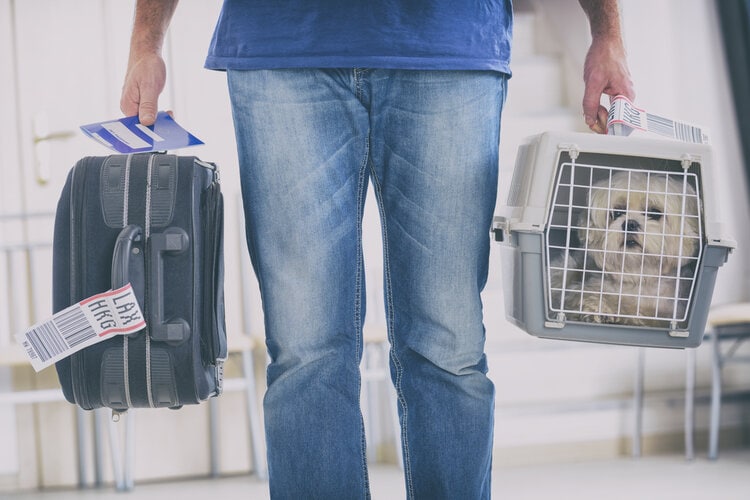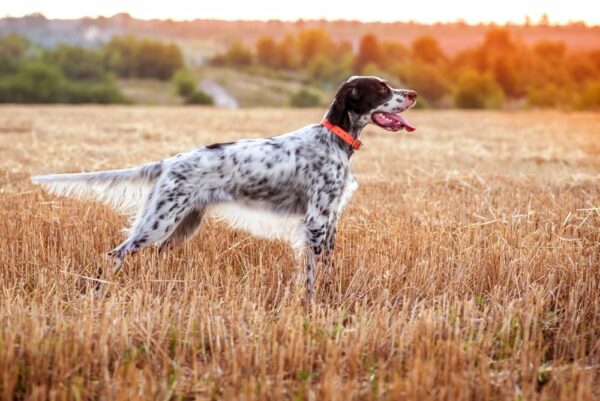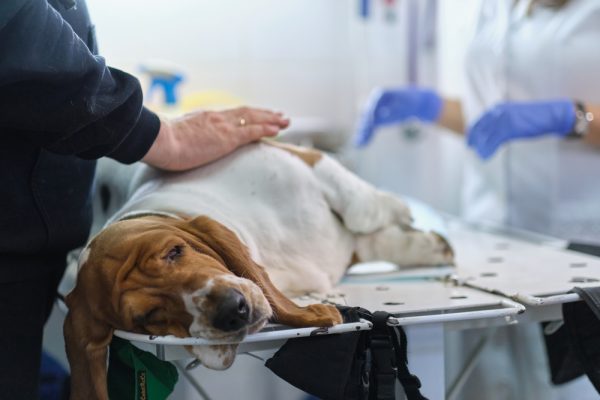In this article
Whether you’re going on vacation or are moving across the country, there are times when you want or need to bring your pet along. But this raises the question of whether you need to pay a fee to bring your dog on a plane.
The only dogs that can travel by air for free are official service dogs.
Overall, the rules of traveling with any dog depend on the airline. Here, we discuss what these rules are and what you need to know before you book your dog on your upcoming trip.

When Can Dogs Fly for Free?
Only fully trained service dogs can fly for free and are allowed to accompany their owner in the cabin, regardless of their size. Many airlines once accepted emotional support animals (ESAs) in the cabin to fly for free, but this ended in the U.S. on January 11, 2021. Canada closely followed suit and revised its own policy on March 1, 2021.
The new policy states that airlines should allow any service dogs for people with sensory, psychiatric, physical, mental, or intellectual disabilities in the cabin. However, ESAs are now only recognized as pets, and the same rules apply to ESAs as any pet brought on a flight.
This means that all pets brought onto an aircraft must be placed in a carrier in the cabin, and the owner must pay a fee. Even if your ESA flew for free in 2020 or before, there are no longer any special privileges.
But fully trained service dogs, including psychiatric service dogs, can fly for free, provided that they sit by their owner’s feet and come with all the appropriate paperwork.
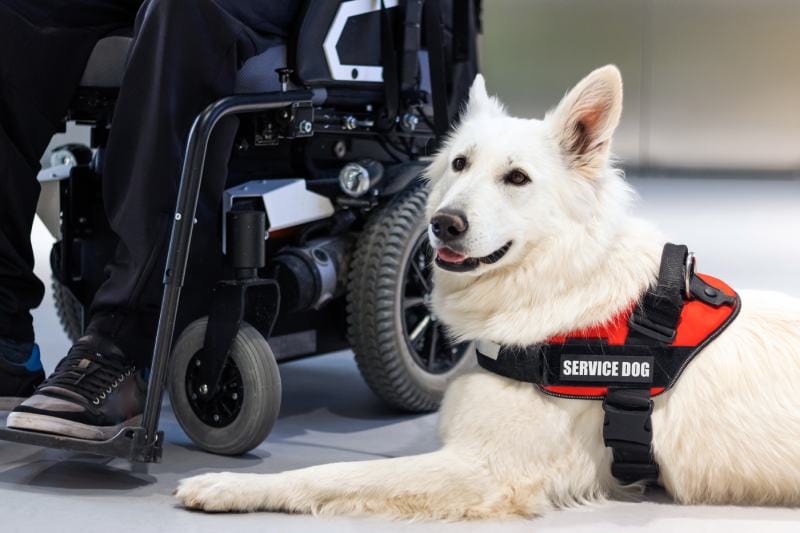
Why Are ESAs Considered Pets Only?
There are many reasons that the U.S. Department of Transportation changed the policy on ESAs.
The primary reason is how easy it is to have a dog given the designation of an ESA. There are owners who do not have a disability, and they would take advantage of the flying-for-free policy that ESA dogs used to have. Anyone could get a letter from a therapist stating that their dog helps with their psychological well-being, thus designating them as an ESA. This meant that they could take their dog anywhere that was usually animal free, including an airplane cabin without an extra charge.
The biggest problem with this is that a number of people were scamming the system, which of course, has now negatively affected people who legitimately need an ESA.
Additionally, there was no guarantee that these dogs had the right training. There have been many incidents, such as a flight attendant being bitten by an ESA. Of course, this doesn’t mean that all ESAs will act inappropriately, but in many cases, the dog’s training can’t be verified.
Therefore, it’s safest to treat ESA dogs as pets to ensure the safety of the passengers, crew, and the dog.
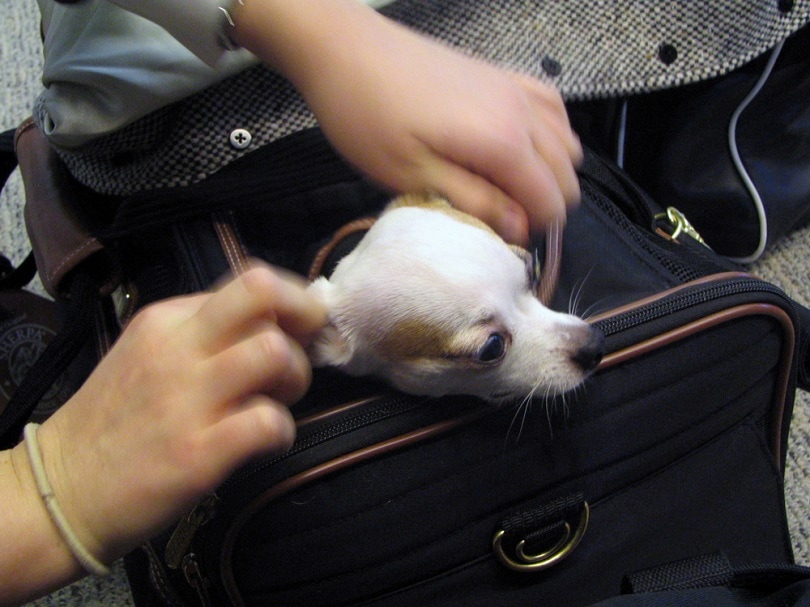
What’s the Difference Between an ESA and a Service Dog?
There are notable differences between an ESA and a service dog.
Service Animals
According to the American Veterinary Medical Association, service animals are “animals trained to assist people with disabilities in the activities of normal living.” The work that these animals do for people with disabilities can include but is not limited to:
- Alerting sounds and people to deaf or hard-of-hearing individuals
- Assisting with tasks and navigation for people visually impaired or legally blind
- Pulling wheelchairs
- Retrieving items for the individual, such as the phone, food, and medication
- Stopping or interrupting destructive behaviors of people with psychiatric or neurological issues
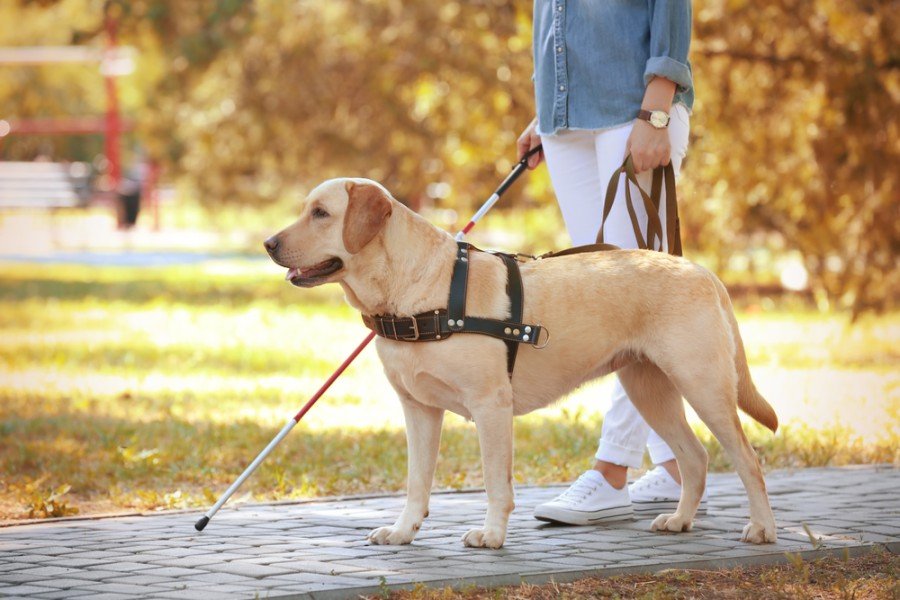
It’s important to note that the companionship and security that the animal provides are not considered part of the tasks that the service animal is trained and used for. Also, service animals can only be dogs or miniature horses.
Emotional Support Animals
One difference between ESAs and service animals is that any animal can be an ESA — everything from hamsters to peacocks and squirrels.
A therapist, another mental health professional, or a doctor can create a prescription for an ESA. There are websites online that can officially assess and certify a person for an ESA, but unfortunately, there are many scam websites out there.
Conditions that can qualify someone to get an ESA include:
- Depression
- Anxiety
- Attention deficit disorder
- Learning disabilities
- Post-traumatic stress disorder
- Chronic stress
ESAs do not require a license or any specific training. There’s no question that ESAs help their owners, but since training isn’t necessary, there could be unpredictability in the animal’s behavior, particularly when in a highly stressful environment, like an airplane.
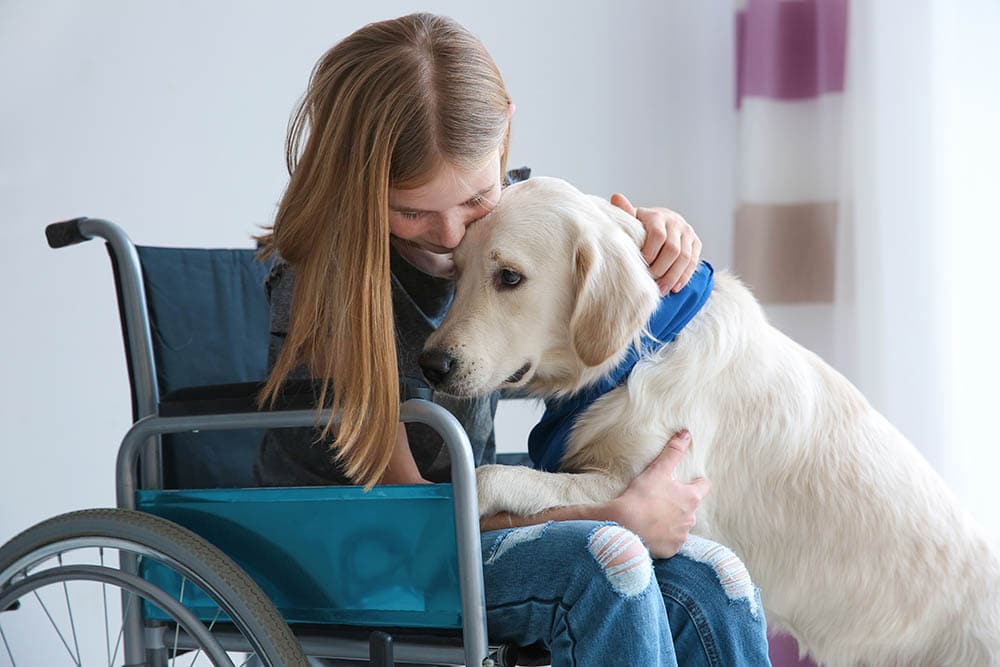
Do Any Airlines Accept ESAs?
If you have an ESA, look at the airline’s policy for these animals. Either check online or call the airline directly before planning on bringing your pet on a flight.
There are a few airlines in North America and internationally that still accept ESAs on their flights free of charge, but you’ll need to know what documentation is required.
Each airline will have different policies that they follow, which could change at any time, so it’s important to talk to them before purchasing your ticket.
Taking Your Dog on a Flight
First, you need to reserve a space for your dog on the flight when you are booking your ticket.
Check with the airline regarding their rules about the size of the carrier and the size of the dog allowed in the cabin. There are certain seats that you can’t sit in, such as the emergency row or the bulkhead.
Arrive early for check-in. Some airlines might need you to complete an animal checklist, which may include verifying that they have been offered water and food within 4 hours of your check-in. This is also important if your pet will be going into the cargo hold.
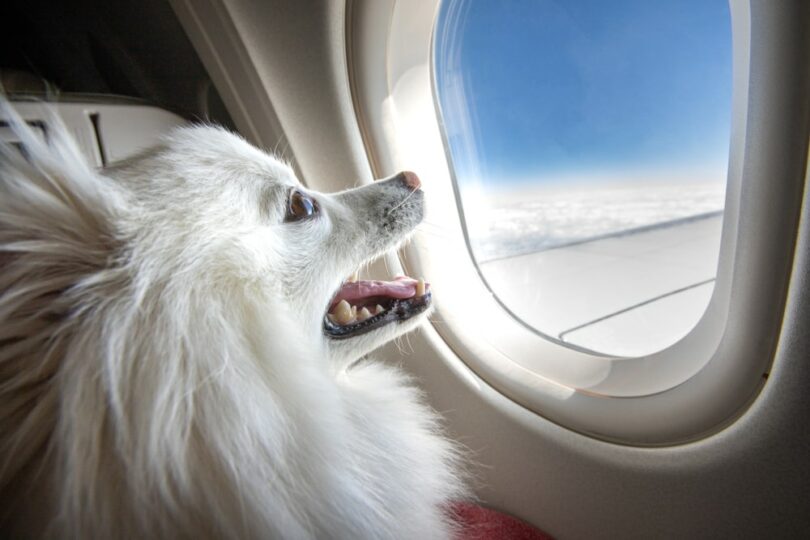
- Security: Arriving early helps you get through security without rushing. When you get to security, you usually need to remove your pet from the carrier and carry them through the gate while the carrier is X-rayed.
- Carrier: Any carrier that you use needs to be airline approved. Most dogs need to weigh less than 20–26 pounds, and the carrier needs to be able to fit under the seat in front of you. Flat-faced breeds are restricted from cargo holds because of their breathing issues, so if you have a large breed like this, you might not be able to fly with them at all.
- Health Check: Once everything is booked, take your dog to the vet for a health check. They will give you a health certificate that is good for 30 days, which you’ll need to present on your dog’s departure and return.
- Arrival; Ensure that you’ve checked the country that you’re arriving in. Some countries might have restrictions on incoming pets. The last thing that you want is to bring your dog on a trip only to have them be in quarantine the entire time.
Before You Leave
While getting your dog a health check, ask your vet for advice on giving your dog food, water, and any medications before flying. Sedating a dog is risky, so again, talk to your vet before giving your dog any medication.
You should also ensure that your dog becomes familiar with the carrier. Leave it out and open so they can come and go as they please; they might even develop comfort with this new “bed.”
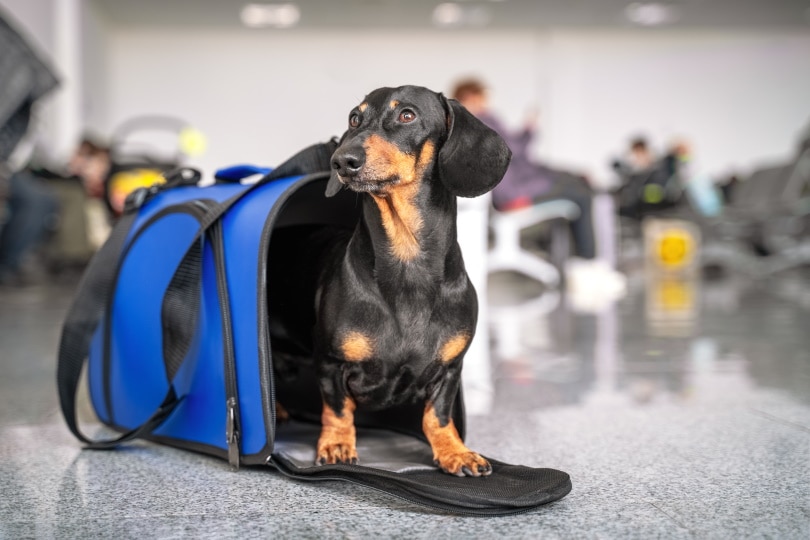
How Much Does It Cost?
Each airline will have a different price for bringing your dog on a flight, but it can average about $125 for each dog in the cabin.
The cost of putting a dog in cargo depends on the weight of the crate and the dog, in addition to how far you are flying. Check with the airline on the estimated cost, or see if they have an online calculator on its website.

In Conclusion
Unless you have a fully trained service dog, there isn’t any way to fly your dog for free. Also, flying is stressful for dogs, so you might want to consider finding another way to get to your destination, if possible.
Always speak to your vet for advice on the best and safest way to get your dog to your destination.
Related Reads:
Featured Image Credit: Monika Wisniewska, Shutterstock
